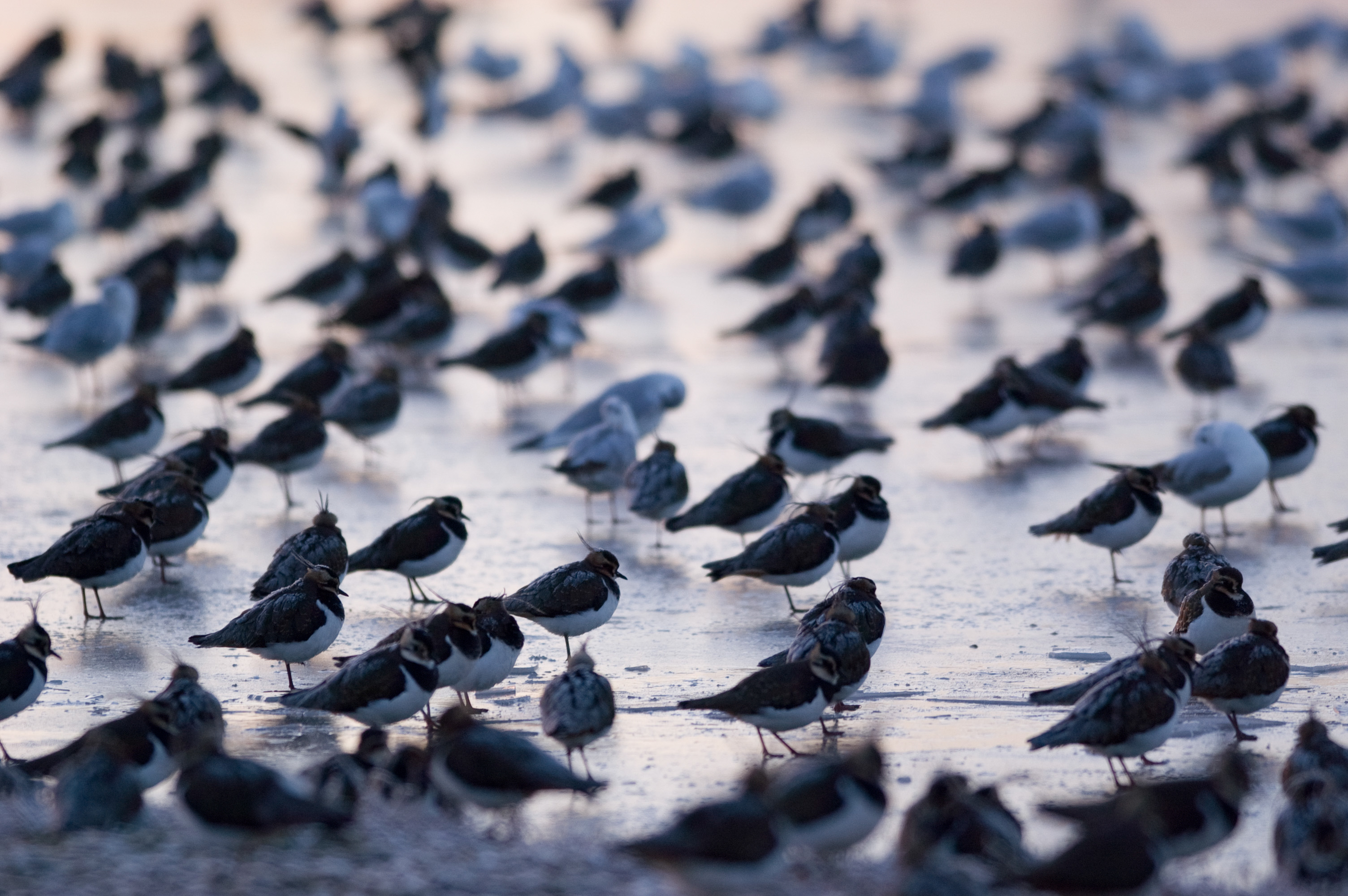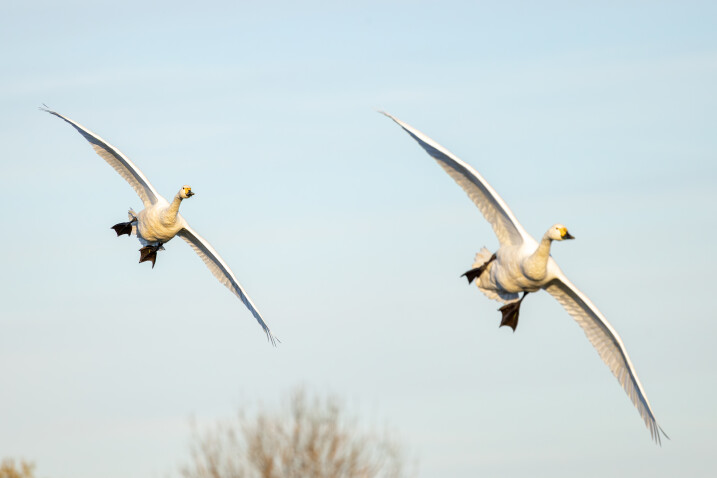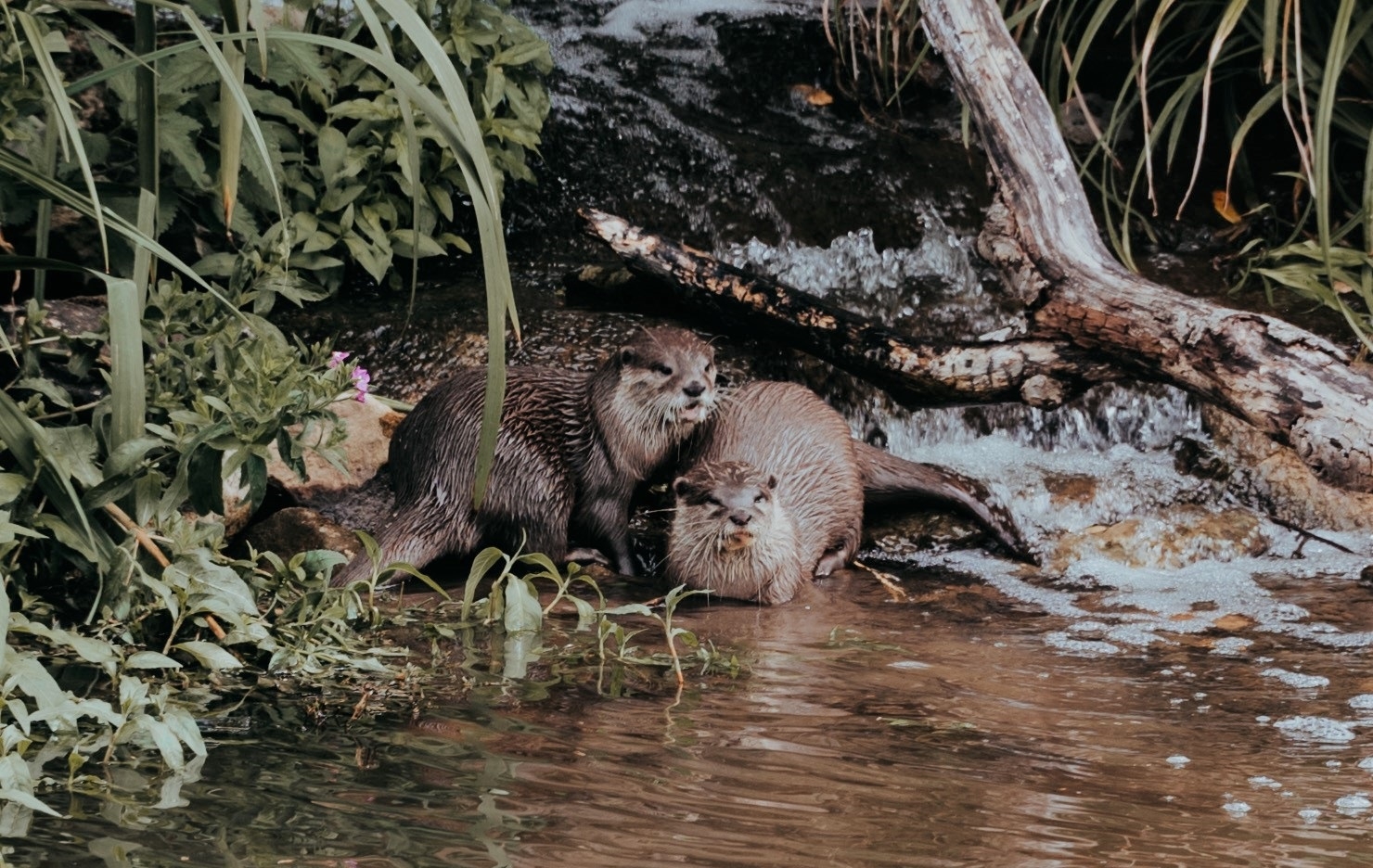Autumn Wildlife Highlights
Each season brings star species to Slimbridge. Here are a few you may spot on your autumn visits to our reserve.
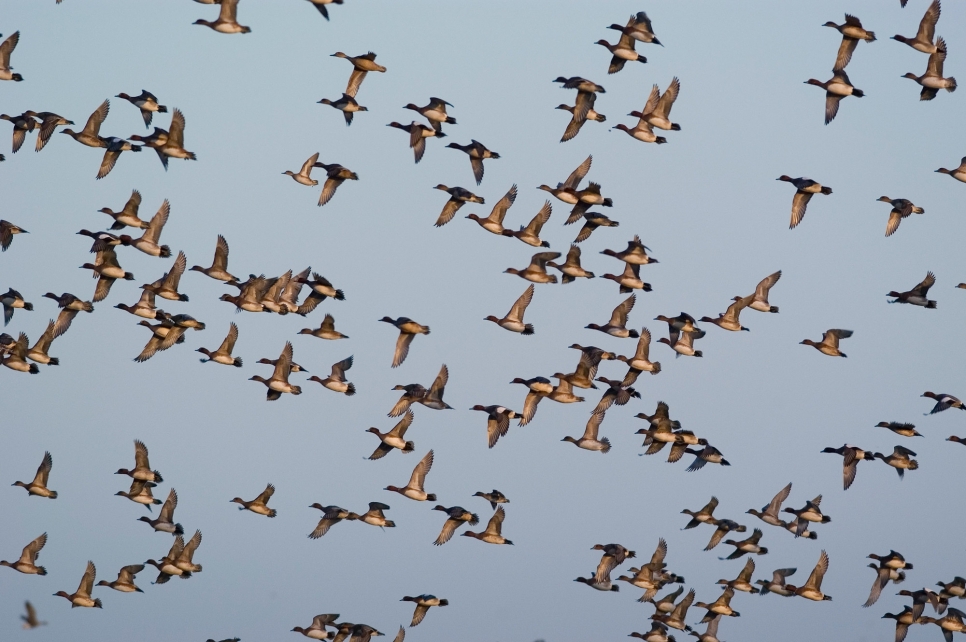
Each season brings star species to Slimbridge. Here are a few you may spot on your autumn visits to our reserve.
Pintail, common pochard and wigeon, as well as fieldfare, redwing and golden plover are key species to spot this season - with numbers increasing as we move into winter.
Pintail become more vocal in the winter as they pair up. They are slim ducks and males have long tail feathers and a chocolate-coloured head. Females are similar to mallard and gadwall, but noticeably more finely patterned.
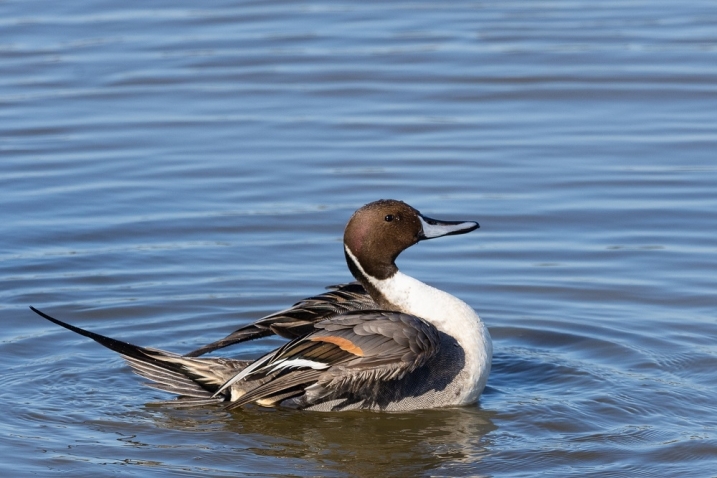
Wigeon can be identified by their cute ‘wheeoo’ whistle and they form big flocks, or ‘carpets’, that graze on grasses near to water. Once spooked, they will take off as one, back to the safety of the water. Females are generally chestnut coloured, which males show on the head along with pink breast and light-grey sides.
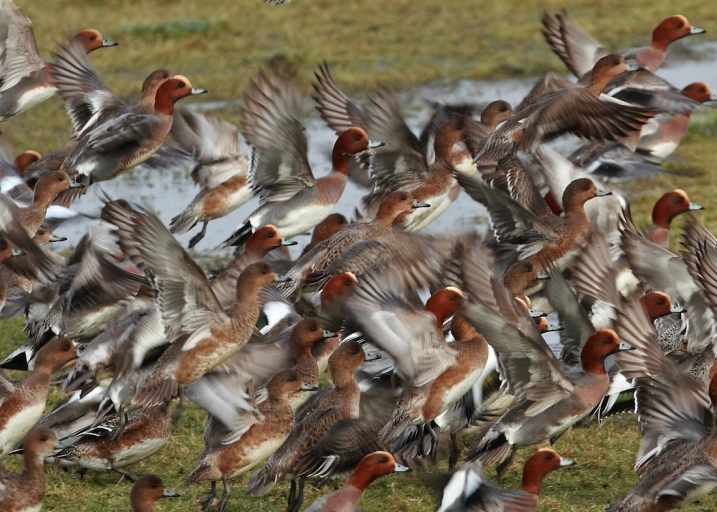
Pochard are generally quiet and males can be easy to spot with their chestnut heads and grey bodies. Females are of a similar pattern but with colours much more toned down.
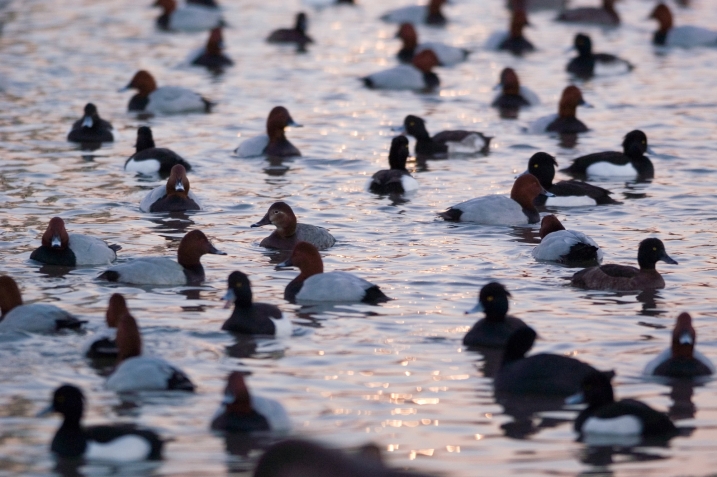
Golden plover arrive early morning at Slimbridge, usually between 8-9 am and stay throughout the day - before heading back to the Cotswolds at night to feed. There are up to 4000 at Slimbridge, spot them as they twinkle in the sky in the autumn sun from the Estuary Tower.
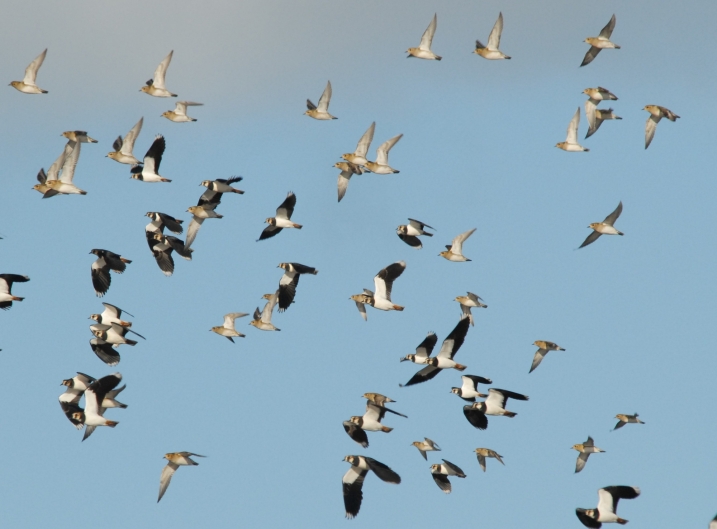
Fieldfare can be recognised by their 'chuck chuck' call. Flocks of wintering thrushes can be seen migrating overhead, including fieldfare. They have a grey crown, neck and rump, a plain brown back, dark wings and tail and white underwings.
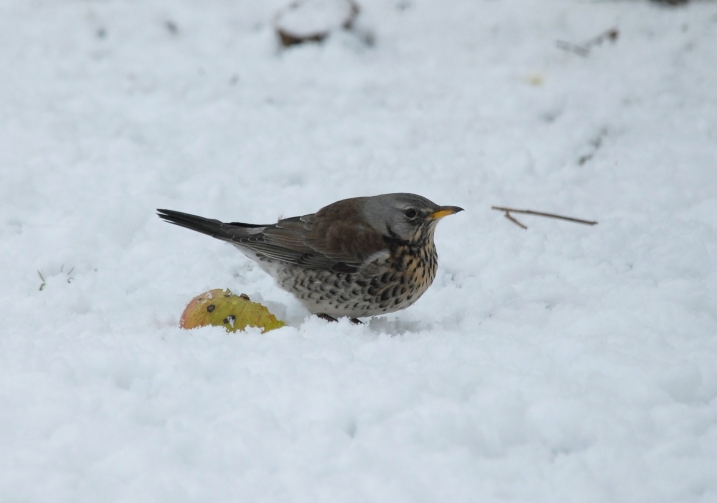
Redwing have a ‘tseep’ call and their most striking identification features are their red flanks and underwing, and the creamy white stripe above the eye.
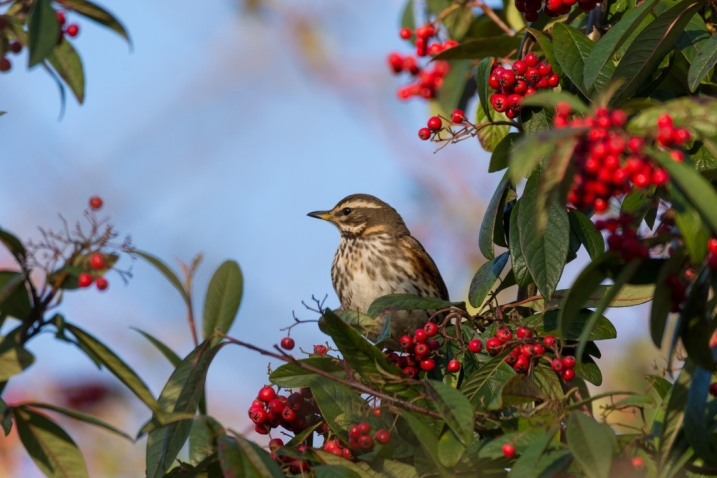
For up to date details of species on site, visit our Latest Sightings page.
